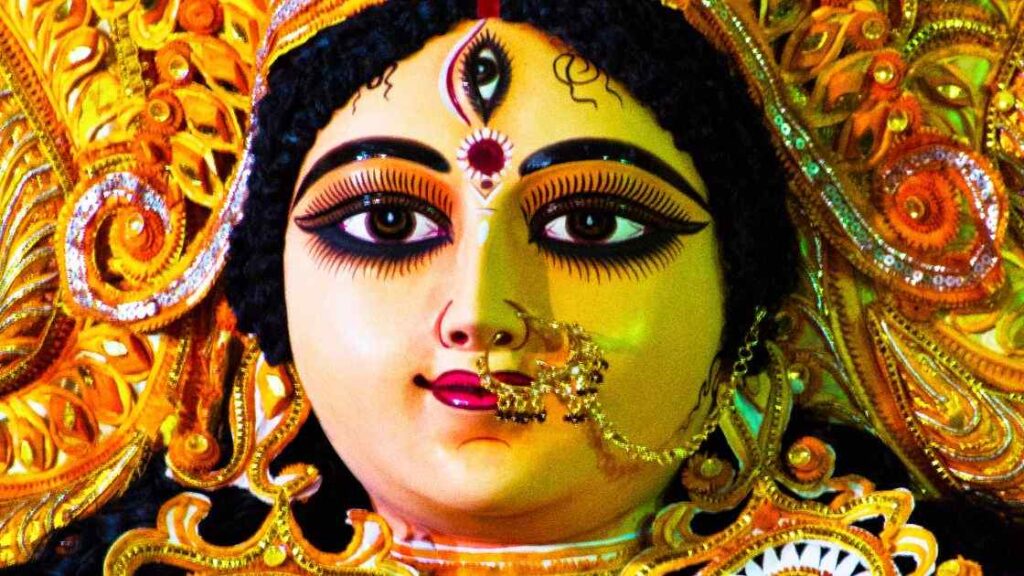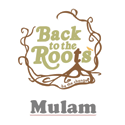Parvathi

Today I would like to introduce a single image of femininity, which is an inspiration to all women in society who are confined by social expectations. She is characterised by her patience, soft-spoken, and gentle touch, which give us the warmth of motherhood. She incarnated in many forms from time to time, according to the circumstances. For instance, she incarnated as Sita Devi to accompany her husband Rama for 14 years of exile. Despite many troubles, she never left her husband. She stood by her husband and supported him. She is incarnated as Maa Durga, and she combats all evil forces that threaten peace and prosperity. In these ways, she has many forms and has handled the situations with the presence of time. So every woman should be like Parvati, who transforms into new forms when her emotions overtake her, and displays the full range of what women can do in society.
Parvati Devi, also known as Amman and affectionately as Amma, is worshipped by all Hindus regardless of caste; she is the superior power, divine, and strength. Amman is an important deity in Hinduism after Saraswathi and Lakshmi Devi. She is also the Hindu goddess of love, marriage, devotion, fertility, children, and beauty. Amman is also called Adiparashakthi. She is the consort of Lord Shiva and the mother of Ganesh and Kartikeya. Amman is the sister of Lord Vishnu, and she is the daughter of King Himavan and Queen Mena. She is also the centre deity in Shaivism, along with Shiva. Lord Shiva’s creative energy and power is represented by Amman. There are numerous Hindu temples dedicated to Goddess Parvati throughout South and Southeast Asia.
The name Parvathi is derived from the Sanskrit word Parvatha, which stands for mountain. She was born to Himavath, who is regarded as the King of the Mountains. Before she was Parvati, she was a human woman named “Sati” or “Dakshayani,” Sati loved and married Lord Shiva, even though her father did not like him.
Amman Symbols
Many symbols are attributed to her, along with her forms.
Commonly associated symbols of Amman:
- Lotus flowers represent balance, harmony, and growth.
- In Hinduism, tridents represent creation, preservation, and destruction.
- Tigers: AsMulaa Prakruthiii (MotherNature),) has command of her surroundings.
- Elephants were near and dear to her heart because her son Ganesha had an elephant head.
- Pomegranates: This fruit has the appearance of a womb or fertility.
- One of her arms is shown in the abhaya mudra. Lord Ganesha sits on her knees while Skanda stands or plays near her.
- In Shaivite temples, the yoni-lingam icon is very famous.
This representation is called Shivlinga. This means it’s a union of feminine and masculine energies that is responsible for the recreation and regeneration of all life .
According to the Devi Bhagwati Purana, Goddess Parvati has many forms and names.
- As Durga killed Narakasura
- As Kali, she manifests power and courage.
- As Chandi: Mahishasura was to be put to death
- Das Mahavidyas represents the ten manifestations of Shakti.
- The 51 Shakti Peethas are the manifestations of Goddess Parvati.
- Navdurga are the nine avatars of Goddess Parvati
- Parvati, like Meenakshi, is a goddess with fish-shaped eyes.
- She is known as Kamakshi, the goddess of love and devotion.
- The Goddess of the Universe, Lalita, is a manifestation of Devi Parvati.
- Parvati, like Annapurna, is the Goddess of food and abundance.
Furthermore, there are numerous other manifestations of Goddess Parvati.
Maha shakthi Peeta’s:
The Shakthi Peetas (the 51 Shakthipeetas) The 51 Shakti Peethas, which are spread across the Indian subcontinent, are holy sites where the broken body parts of Devi Sathi, Lord Shiva’s wife, fell to earth. These locations were later transformed into the abodes of Goddess Parvati, which were brimming with spiritual energy.
18 Maha Skathi peetas are as follows:
- Shankari Temple (Part of the Koneswaram Temple)
- Sharada Peeth
- Vishalakshi Temple
- Mangla Gauri Temple
- Jwalamukhi Temple
- Alopi Devi Mandir
- Kamakhya Temple
- Bhimeswara Temple
- Biraja Temple
- Kukkuteswara Swamy Temple
- Shakambhari
- EkaVeerika Temple
- Mahalakshmi Temple, Kolhapur
- Bhramaramba Mallikarjuna Temple
- Jogulamba Devi
- Chamundeshwari Temple
- Shrinkala Temple
- Kamakshi Amman Temple
Content Specific Keywords: maa parvati ke 108 naam, maa parvati, maa parvati chalisa, maa parvati mantra, maa parvati images, parvati mata aarti, parvati mata ki aarti, maa parvati photo, maa parvati 108 names, maala parvathi, maala parvathi family, maala parvathi age, parvati, parvati and shiva, parvati symbols, shiva and parvati age difference, parvati goddess facts, parvati, goddess parvati story, parvati symbols.

